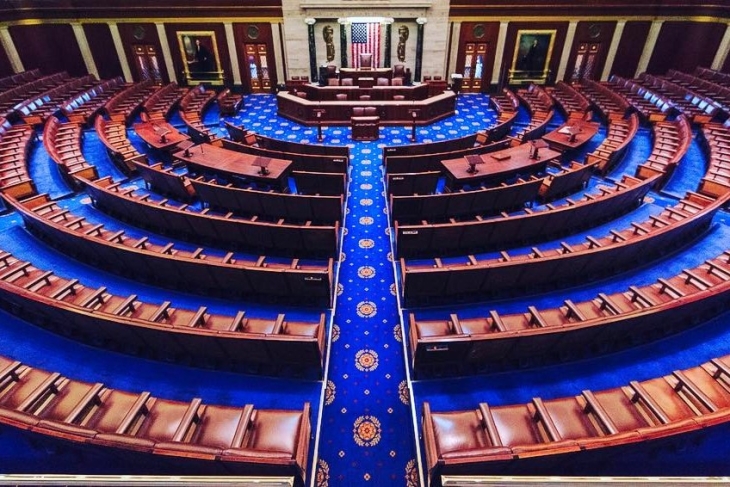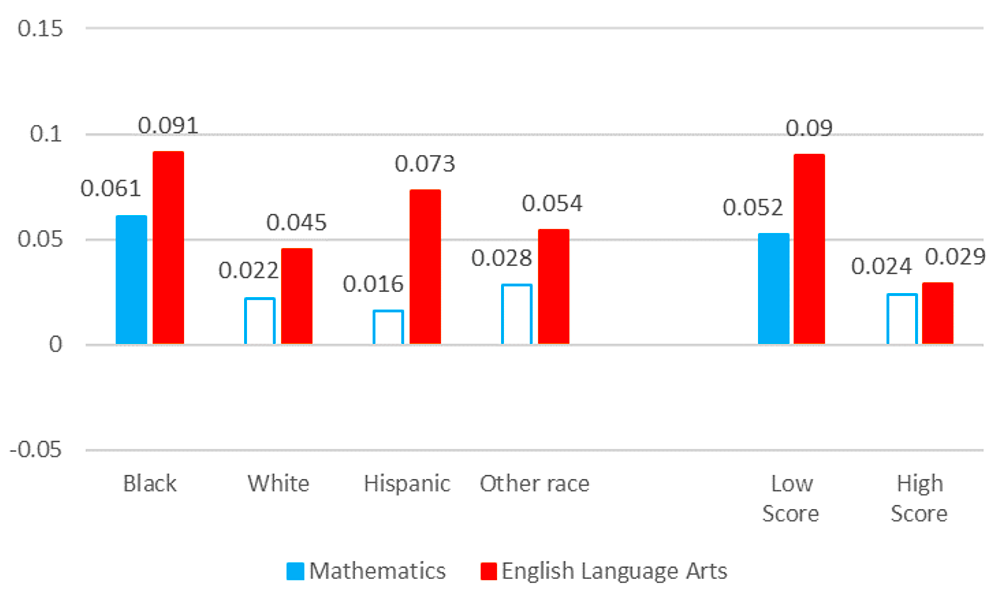Over the last few years, states have attempted to offer a clearer picture of how well high schools prepare students for the future by measuring college and career readiness (CCR), instead of just student achievement and graduation rates. In a recently published report, Lynne Graziano and Chad Aldeman of Bellwether Education Partners outline the pros and cons of several CCR measures. They also identify whether states are designing these measures to ensure equity and discourage funneling certain groups of students into less demanding pathways and restricting their access to more rigorous and potentially lucrative options.
First, the authors examine the “promises and perils” of several CCR measures that states currently incorporate into their accountability systems. They include:
- Advanced course-taking. Advanced Placement (AP), International Baccalaureate (IB), and dual-enrollment classes offer students a sneak peek at the rigor of college courses and can, in some cases, offer an early start on earning college credit. Research shows that each course taken by a student increases his or her likelihood of postsecondary credit and bachelor’s degree completion.
- Career and technical education (CTE) course-taking. CTE courses offer students career-aligned training. In the past, many CTE pathways were less rigorous than traditional academic tracks and only prepared students for low-wage and low-skill jobs. That’s increasingly not the case anymore, though low-quality programs still exist. Fortunately, research (including from Fordham) shows a strong payoff in college enrollment, earnings, and other outcomes for students who take three or more courses in specific CTE fields.
- Industry credentials and work-based learning. Industry credentials offer students the chance to earn competency certificates in a specific industry or skillset. Work-based learning, such as apprenticeships, allows students to split time between classroom learning and hands-on work experience under the guidance of a mentor. While both pathways have plenty of promise, there’s research indicating that most of the credentials students earn are not aligned with high-demand jobs, which limits their long-term usefulness.
- Postsecondary and employment outcomes data. Proxy measures like advanced course-taking can predict long-term outcomes for students, but actual outcomes data remain superior. However, states tend to avoid incorporating postsecondary outcomes data into their accountability systems because there are valid questions about how responsible high schools should be for long-term student outcomes, as well as logistical questions around privacy and data infrastructure.
To understand what CCR data states are collecting, the authors followed the “scavenger hunt” approach used by the Data Quality Campaign to evaluate state report cards. They focused on three main inquiries: 1) if the state reports a CCR indicator; 2) whether the CCR indicator is reported using a single measure or broken down into multiple subcomponents; and 3) whether results are disaggregated by race, gender, socioeconomic status, and other factors.
The most common CCR measure is advanced coursework, which is used by forty-one states. Thirty-nine states utilize a career-based measure, which could include CTE course-taking, work-based learning, industry credential completion, or apprenticeships. Twenty-seven states based at least a portion of their CCR indicators on college-admissions assessments like the SAT or ACT, and fourteen states rely on military measures like enlistment or scores on the Armed Services Vocational Aptitude Battery test. Thirteen states use post-graduation measures such as postsecondary enrollment or enrollment without remediation.
Only four states—Alaska, Maine, Nevada, and Oregon—are not currently reporting any form of CCR. However, although the majority of states track readiness, most do not disaggregate the results by specific pathways or demographic groups. Only sixteen states broke down the results of their indicators according to all the demographic categories required by federal education law. Unfortunately, without tracking these results, states have no way of identifying access and equity issues.
Thirty-four states and the District of Columbia incorporate CCR measures into their formal accountability systems. Fifteen of those states break their indicators down into subcomponents. For example, South Carolina has nine criteria for its CCR measure—five components for college readiness and four for career readiness—and they account for 25 percent of a high school’s rating. Another nine states also utilize subcomponents, but do not weight each one for accountability purposes. The specific weight given to the CCR indicator varies by state, and ranges from as low as 5 percent in Michigan and Iowa to 40 percent in New Hampshire.
The report closes with several recommendations. First, the four states that lack a CCR measure and the twelve that have a measure but omit it from their formal rating systems should shift immediately toward tracking readiness and holding schools accountable for it. Next, information about which pathways are most helpful for improving postsecondary readiness and success should be made more readily available to students and families. Finally, states should provide more opportunities for researchers and policymakers to explore data in a systematic way. Doing so would allow advocates to determine whether certain student subgroups are being tracked toward, or away from, certain CCR pathways, and could help policymakers make better decisions going forward.
Source: Lynne Graziano and Chad Aldeman, “College and Career Readiness, or a New Form of Tracking?” Bellwether Education Partners (September 2020).








